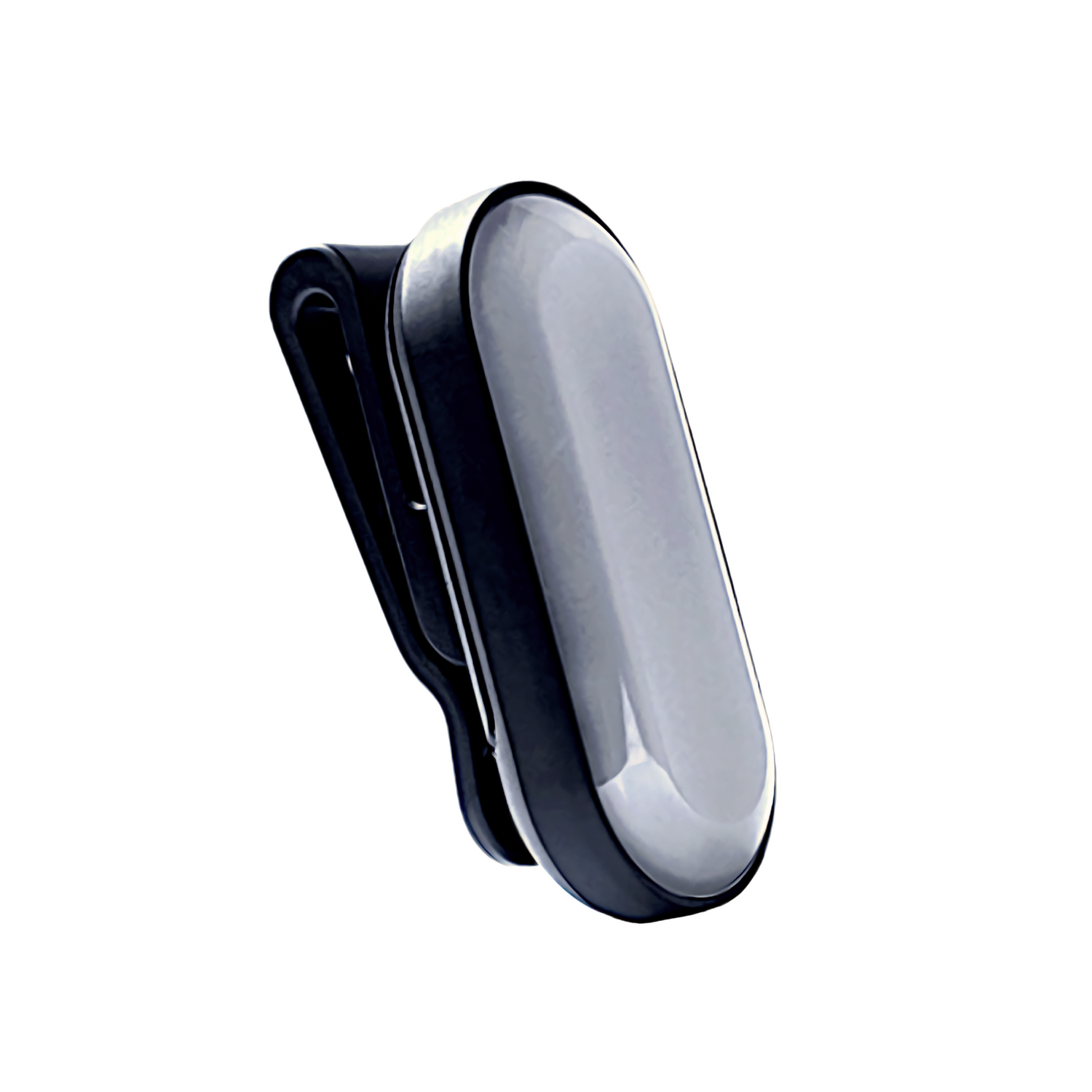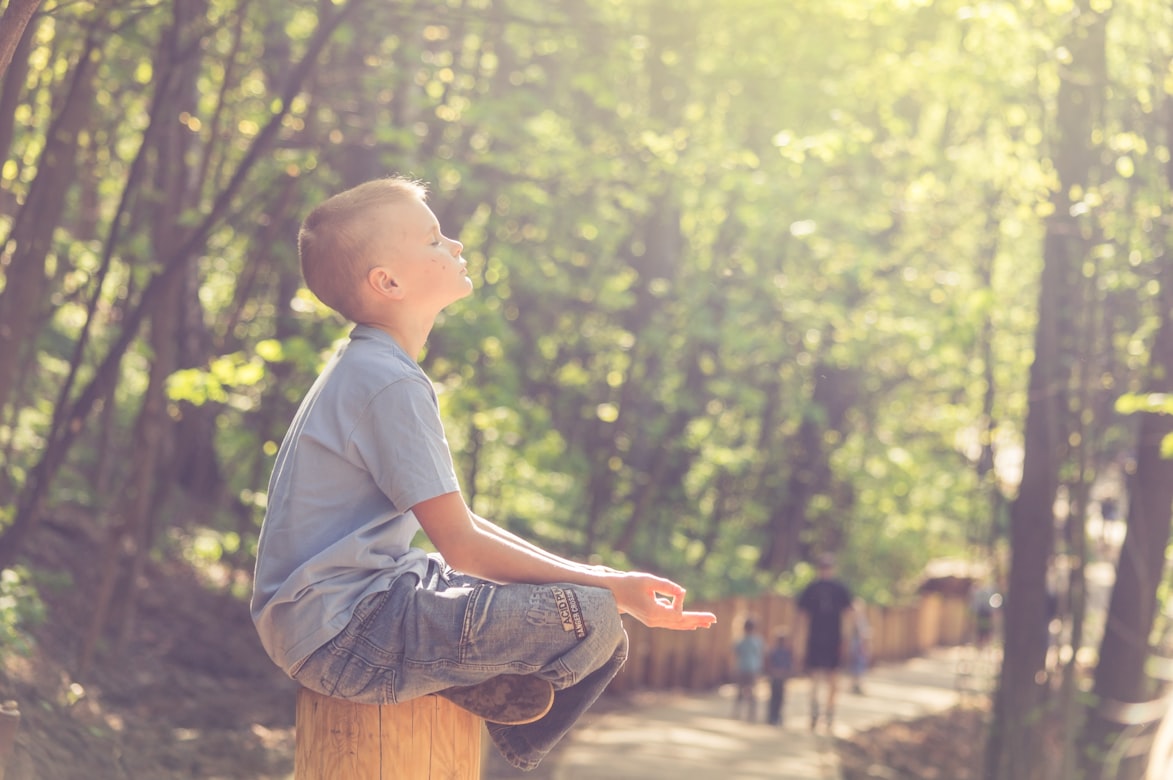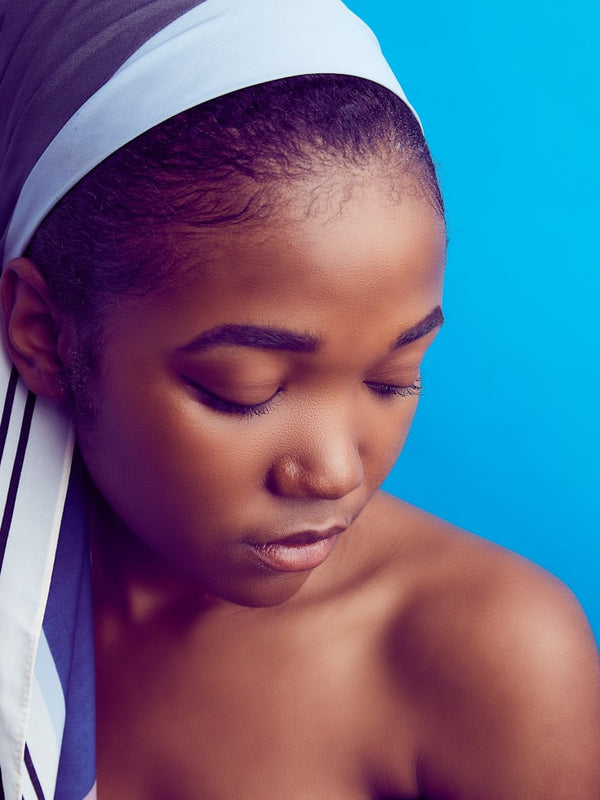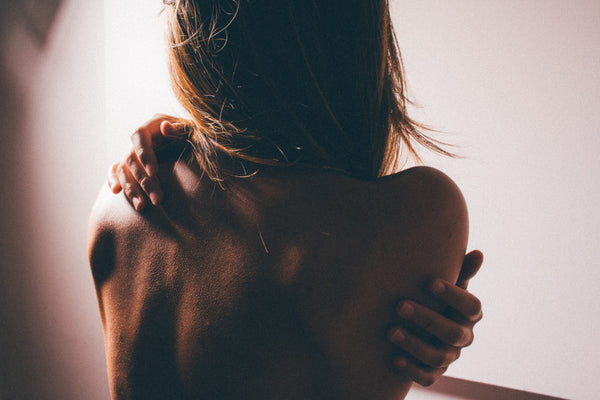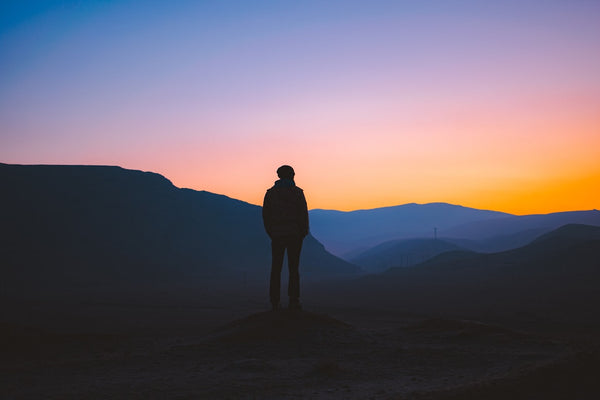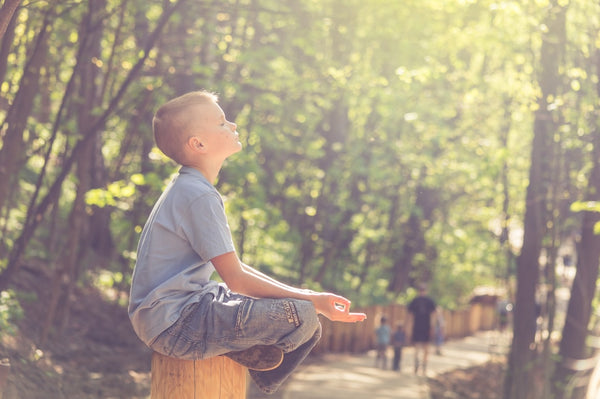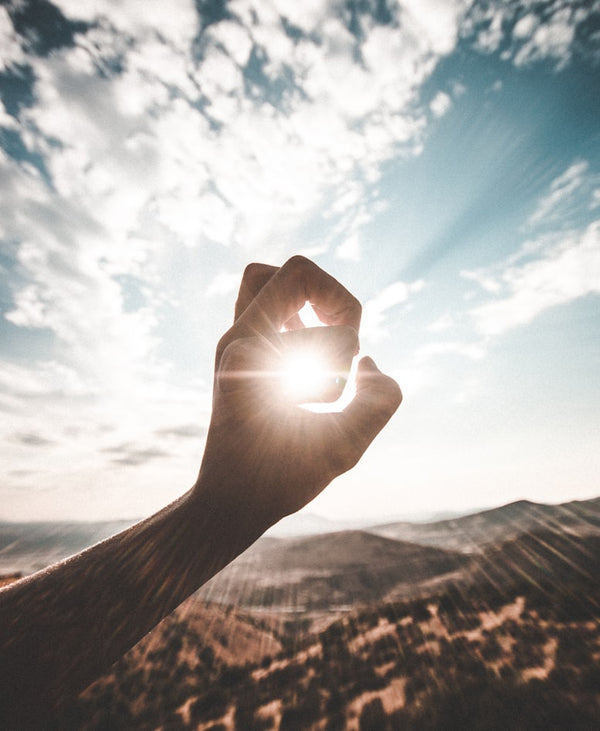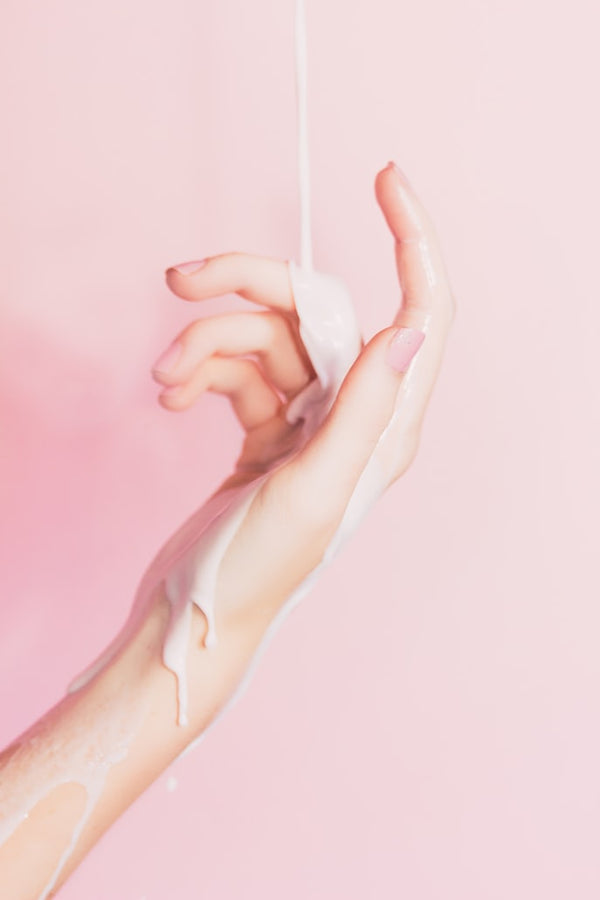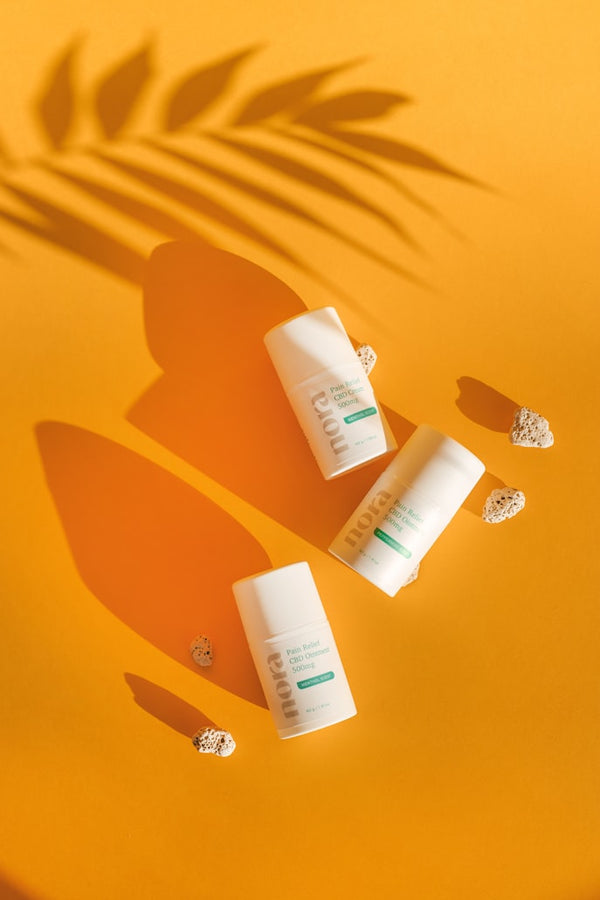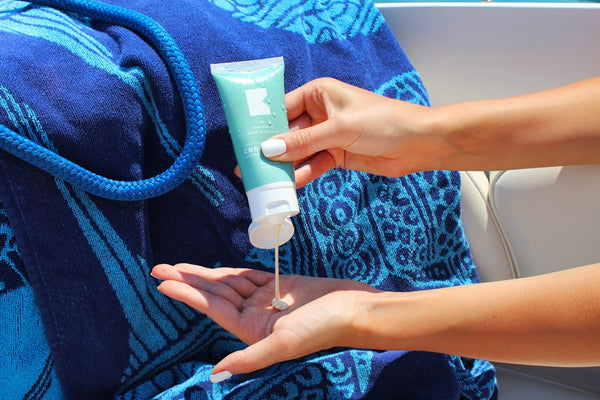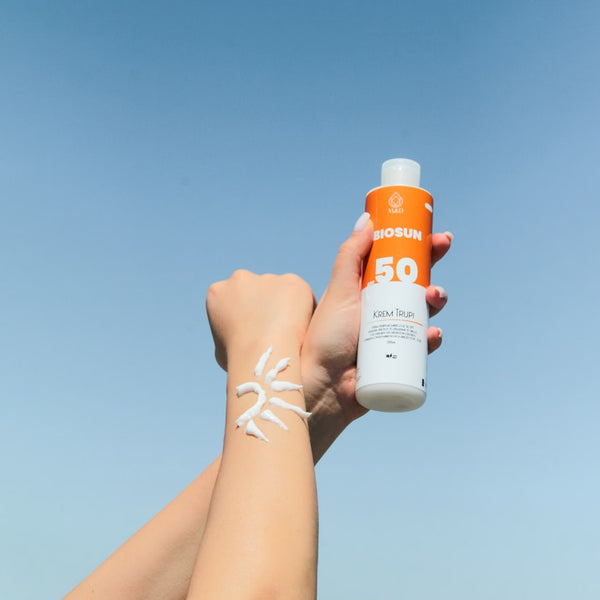Children's skin needs the most protection. In the period up to the age of 18, the probability of permanently damaging your skin is highest. The consequences – skin cancer – are only felt much later. Children should therefore only play outside with light, long clothing and a hat. Body parts that are exposed to the sun should be well creamed.
Important to know:
- Children are more sensitive to UV radiation than adults and therefore need special protection.
- Even a single sunburn in childhood can increase the risk of skin cancer already increase.
- Estimates are that most people will get most of their UV dose of their lives before the age of 18.
- Some schools teach the children UV protection, which the WHO considers very positive. Nevertheless, parents should also teach their children how to use the sun in a healthy way.
Vitamin D deficiency in children
Based on the statements of the World Health Organization, good sun protection is particularly important for children. So: use sunscreen, wear a sun hat and t-shirt, avoid direct midday sun and wear sunglasses.
But be careful: Too much of a good thing isn't good either. Because many parents take sun protection for children too seriously, i.e. keep their children's UV exposure as low as possible, many children often suffer from a vitamin D deficiency. This can have far-reaching consequences because vitamin D has a very strong influence on bone stability and the development of the immune system. It is usually not possible to identify such a deficiency directly because the symptoms are very unspecific or the consequences are only noticed too late.
That's why it's important to think about vitamin D as well. The Federal Office of Public Health recommends supplementing the diet of children in the first year of life with 400 IU of vitamin D per day and thereafter with 600 IU per day .
The sun-a-wear app supports you in sun protection for your children. With our mascot Sunny, children learn how to deal with the sun in a playful way. Sunny_ shows children when and how to protect themselves. Many parents have told us that sunscreen for their children has become much easier thanks to Sunny's help.
Further reading:
Sources:
- World Health Organization (Are children particularly vulnerable?): https://www.who.int/news-room/questions-and-answers/item/radiation-protecting-against-skin-cancer
- World Health Organization (Protecting children from UV rays): https://www.who.int/news-room/questions-and-answers/item/radiation-protecting-against-skin-cancer
- Supplement of the FOPH on vitamin D supplementation in children: https://www.blv.admin.ch/dam/blv/de/dokumente/das-blv/organisation/kommissionen/eek/vitamin-d-lack/ paediatric-amendment-vitamin-d.pdf.download.pdf/Paediatric_Amendment_vitamin_D.pdf
- Report of the Federal Nutrition Commission on vitamin D: https://www.blv.admin.ch/dam/blv/de/dokumente/das-blv/organisation/kommissionen/eek/vitamin-d-lack/datenlage-Sicherheit- recommendation-vitamin-d-lack.pdf.download.pdf/EEK_Vitamin_D_Executive_Summary_de.pdf
